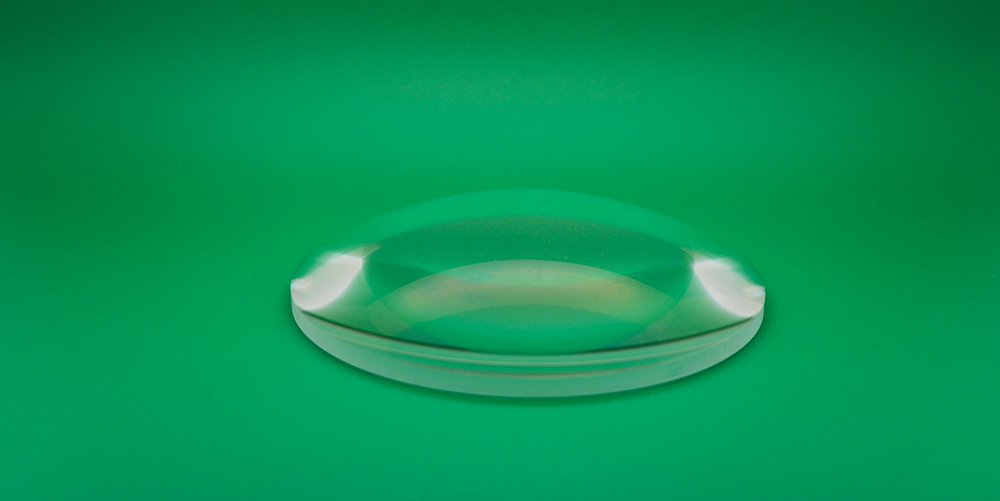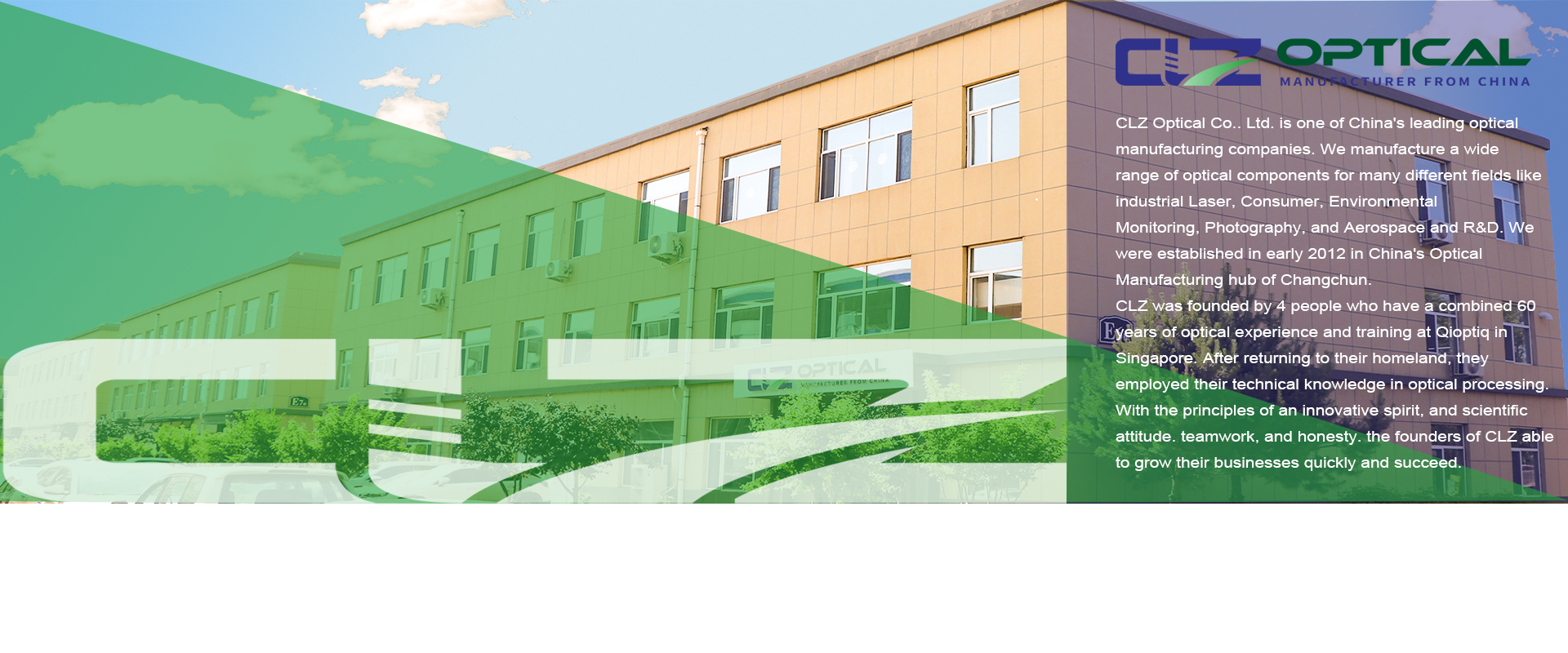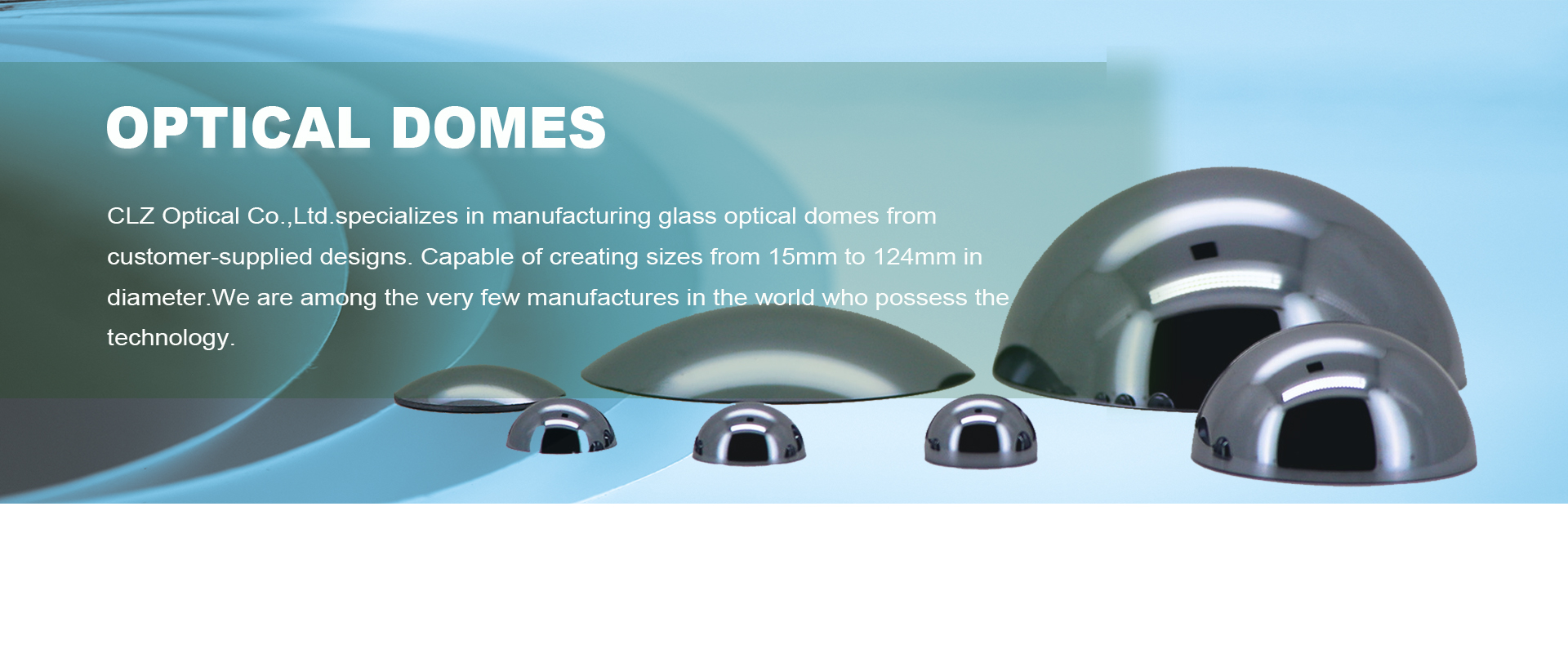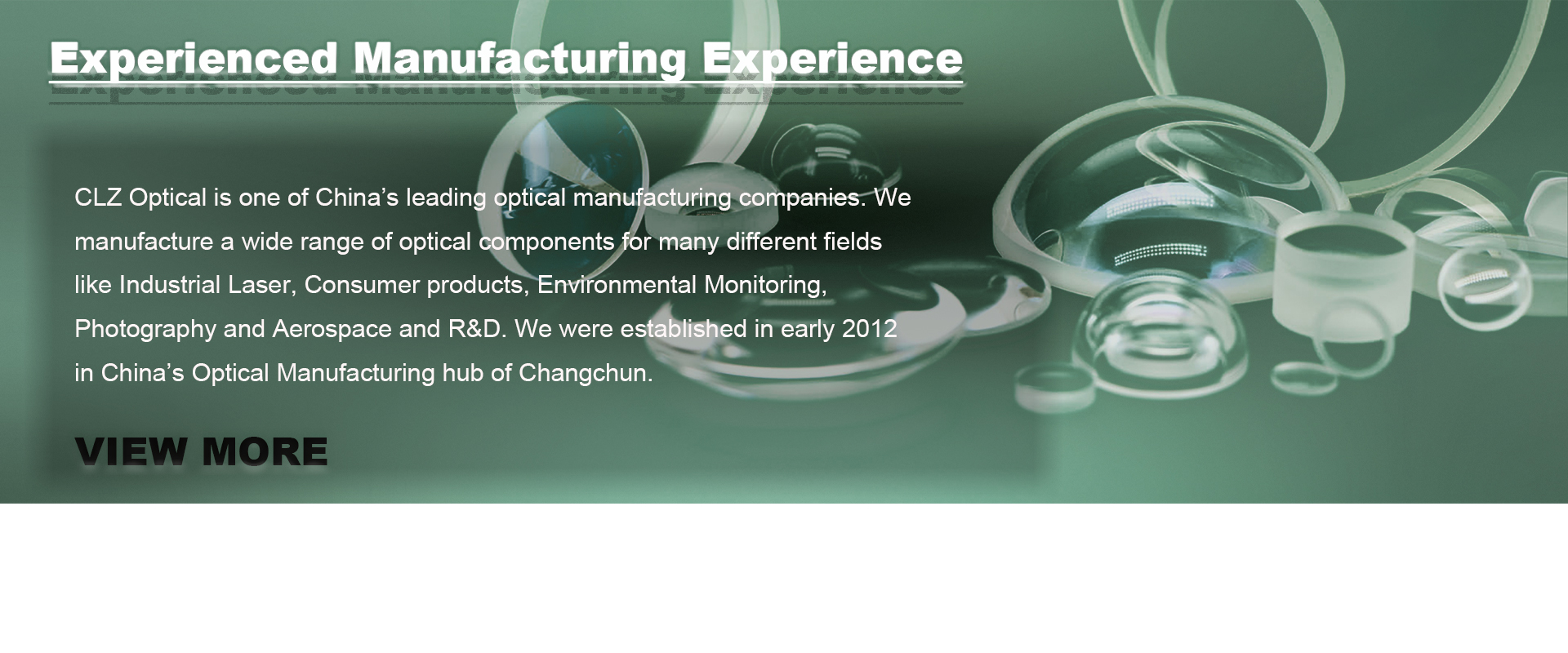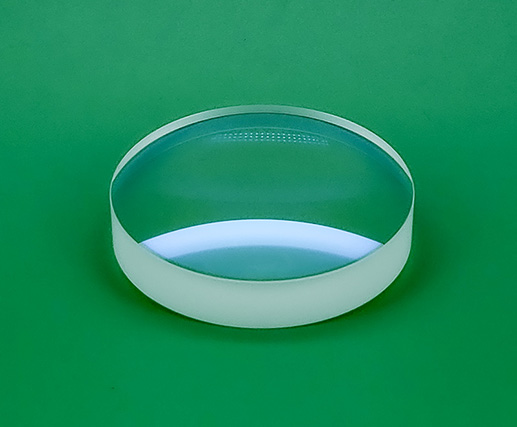Meniscus Lenses
◢Meniscus Lenses
Physical Characteristics and Basic Structure
The basic structure of a meniscus lens presents an asymmetric shape with one side convex and one side concave, which causes specific refraction and focusing effects of light passing through the meniscus lens. The difference between the optical center thickness and edge thickness, as well as the curvature radii of the convex and concave surfaces, collectively determine the optical performance of the meniscus lens.
Optical Characteristics
Positive and Negative Focal Length: Flexible Optical Control
The focal length of a meniscus lens can be either positive or negative, depending on its shape and material. A positive meniscus lens (with greater convex curvature) generally acts as a converging lens, focusing parallel rays of light into a single focal point, similar to the effect of a magnifying glass. A negative meniscus lens (with greater concave curvature), on the other hand, causes light to diverge, similar to a diverging lens, and is commonly used for beam expansion or adjusting the optical path.
Focusing and Diverging: Fine Control of Light Paths
The convex surface of a positive meniscus lens has a stronger converging ability than its concave surface's diverging effect, thus overall it allows light to converge, making it suitable for applications such as laser focusing and microscope objectives. The concave surface of a negative meniscus lens has a more pronounced diverging effect, and it is often used in scenarios that require laser beam expansion or light path adjustment, such as laser beam expansion and telescope eyepieces.
Core Features
Asymmetric Design: Unique Optical Advantages
The combination of the convex and concave surfaces of the meniscus lens makes it different from ordinary lenses. This asymmetric structure allows it to play a special role in optical systems, capable of compressing or expanding beams to meet various optical needs, and also adjusting the direction of the light path. For example, it can be used for fine-tuning the beam angle in laser systems.
Aberration Correction: Enhancing the Clarity of Optical Systems
Optical systems often suffer from issues such as spherical aberration and chromatic aberration due to uneven light refraction, resulting in blurred imaging or color distortion. A meniscus lens can effectively reduce these aberrations by precisely controlling the curvature of its two surfaces. The meniscus lens optimizes the convergence of light, making the focus sharper and achieving the effect of correcting spherical aberration. It can also reduce the separation of light of different colors, thereby improving imaging quality and suppressing chromatic aberration.
Beam processing capability: The meniscus lens acts like a "beam regulator" in an optical system, capable of adjusting the beam diameter (expanding or contracting).
Change the direction of the beam (fine-tune the optical path), optimize the focusing effect (increase energy density or uniformity). A meniscus lens can be combined with a positive or negative lens, achieving various functional requirements through reasonable optical design.
CLZ Optical Co., Ltd. offers a catalog of meniscus lenses made from various materials such as optical glass, fused silica, etc., and in various specifications. Additionally, we provide custom-manufactured meniscus lenses based on customer drawings or specifications, which can be precisely processed and coated according to customer requirements.
Application fields and typical cases
Camera Lens:
The meniscus lens, through its unique curved surface design, can effectively compensate for the spherical aberration produced when light passes through spherical lenses, making the imaging quality of the center and edges of the image more consistent. In the design of apochromatic lenses, the meniscus lens is used in conjunction with fluorite elements, which can significantly improve the focus deviation of red/blue light, achieving more accurate coincidence of the three primary colors.
Microscope Objective Lenses:
In high-power objectives, the meniscus lens is used as a field lens, which can compensate for the field curvature caused by the main objective, ensuring consistent clarity across the entire field of view. In confocal microscope systems, the meniscus lens precisely controls the focusing characteristics of the laser beam, enhancing the longitudinal resolution of three-dimensional imaging.
Medical imaging equipment:
In endoscopes, meniscus lens can be used to adjust the light source, enhancing image clarity and field of view.
In ophthalmic diagnostic instruments, meniscus lens can be used to correct the direction of light and expand the range of fundus scanning.
Laser System:
In the fiber laser cutting machine system, the fused silica meniscus lens (convex surface facing the laser source) and the focusing lens form a compound optical system, which reduces wavefront distortion while eliminating higher-order aberrations in the compound optical system to optimize beam quality.
In the lidar system, the meniscus lens , through its asymmetric curvature design, can effectively control the wavefront phase distribution of the laser beam, achieving precise control of the laser divergence angle. In the application of the laser band, a typical configuration can compress the original divergence angle, significantly improving the signal-to-noise ratio of long-range detection.
